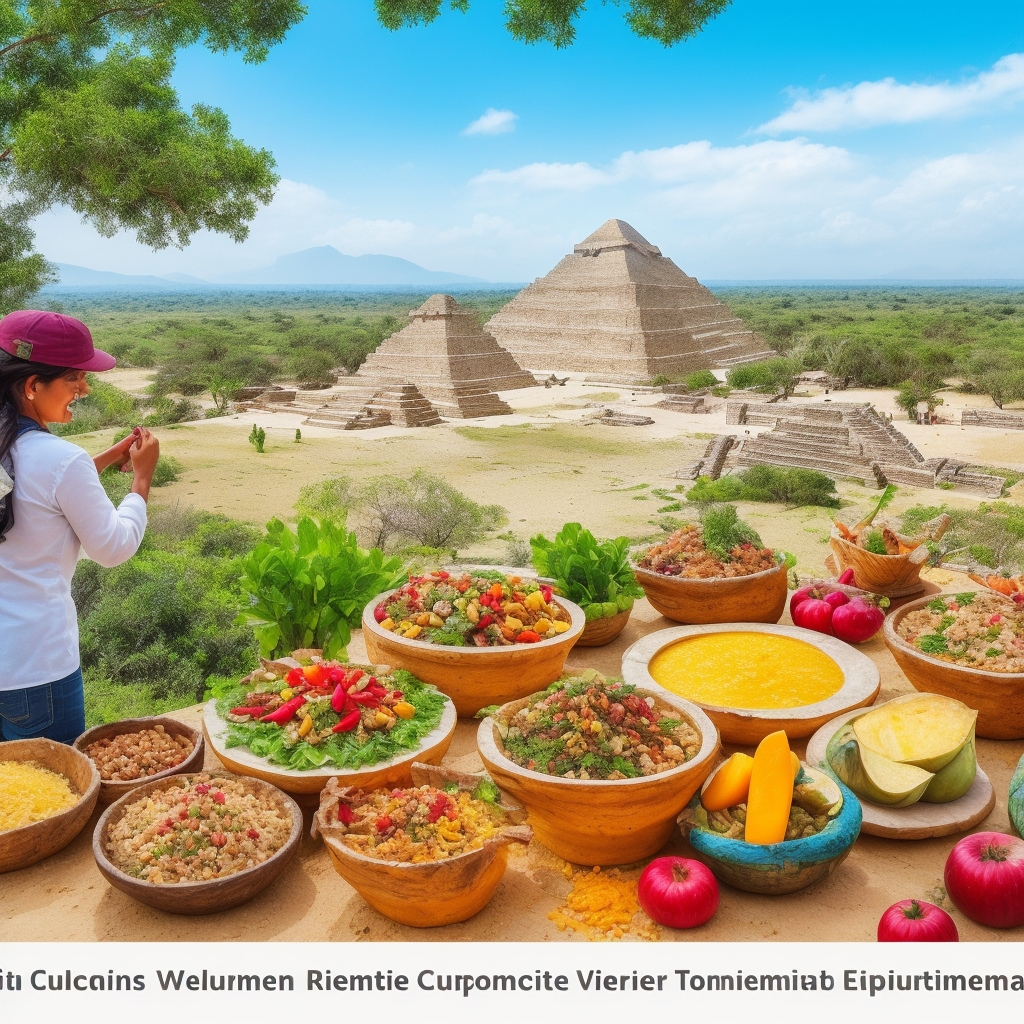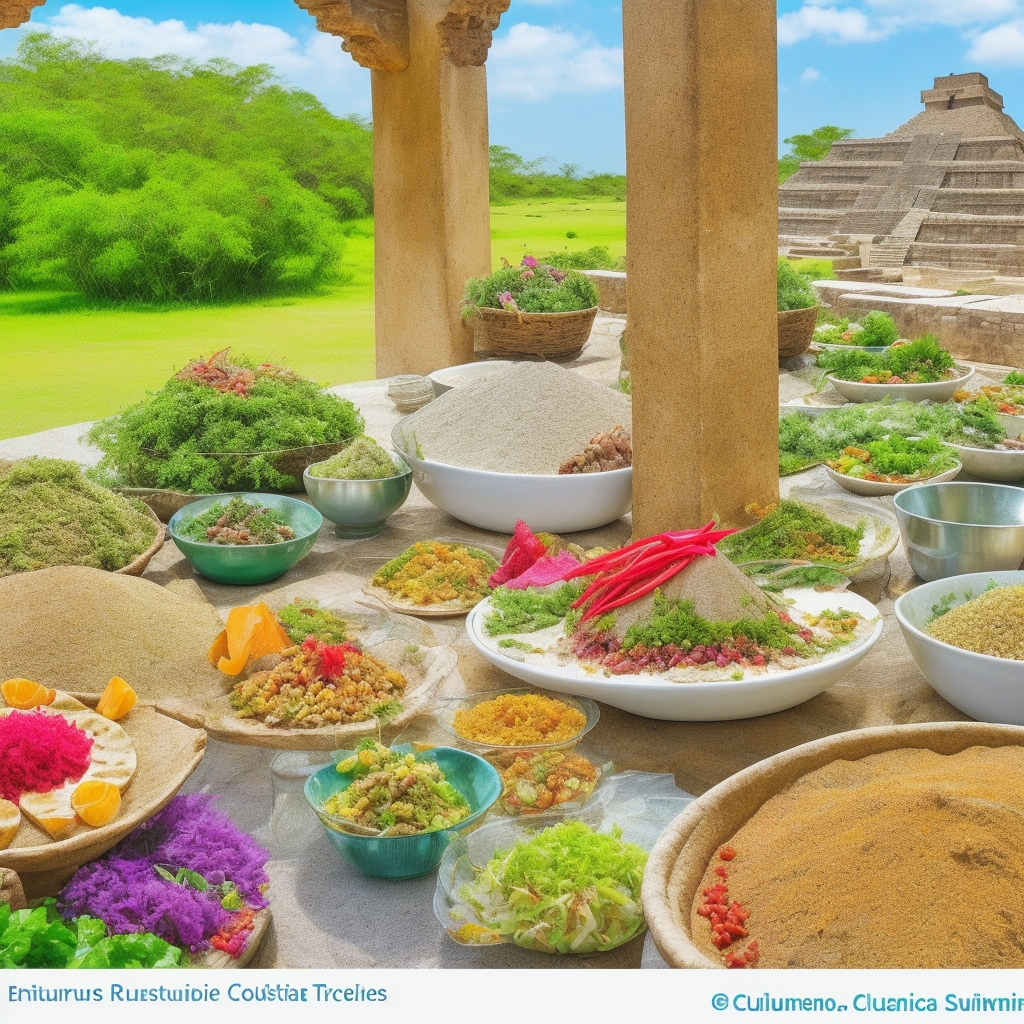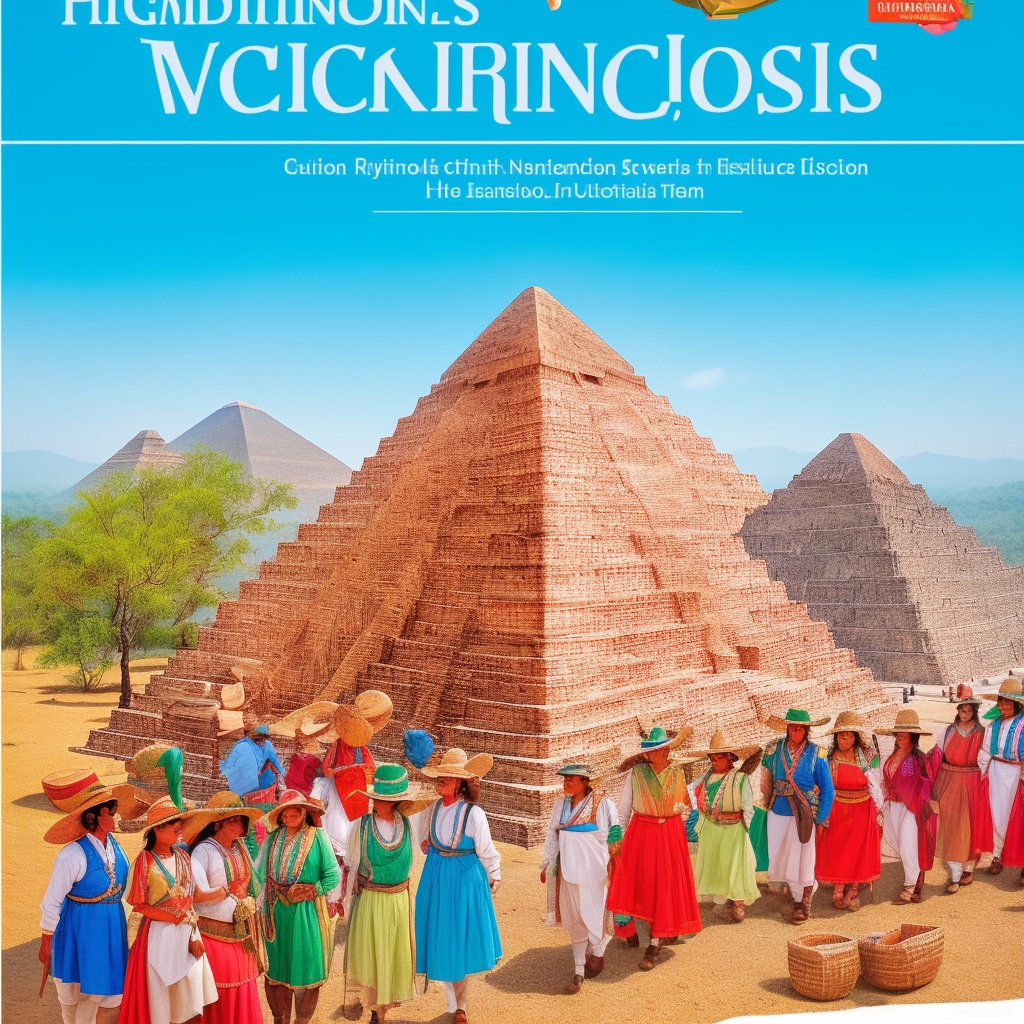Trying to Support Local Communities at Mexico’s Pyramids: A Deeper Dive
Just a few weeks back, I found myself standing at the base of the awe-inspiring Pyramid of the Sun at Teotihuacan, trying to catch my breath—not just from the climb, but from the sheer magnificence of it all. I was there to explore how I could genuinely support local communities while visiting these iconic sites, and honestly, I was a bit overwhelmed about where to start.
My friend Maria, who lives in Mexico City, had said, “You’ve got to look beyond the pyramids. The real treasures are in the communities around them.” Her words echoed in my mind as I glanced around at the bustling scene—tourists snapping photos, vendors selling trinkets, and local guides passionately sharing stories about the ancient city. What’s interesting is how easy it is to get caught up in the main attractions and completely miss the vibrant life pulsing just beyond.
A Chance Encounter That Shifted My Perspective
As I wandered through the site, feeling a little lost in the sea of visitors, I struck up a conversation with a local guide named Javier. “You want to support us?” he asked, his eyes lighting up with genuine curiosity and a hint of surprise. “There are many ways, but it starts with understanding our stories.”
Javier invited me to a community event that evening. “You’ll see how we celebrate our culture,” he promised. At first, I was hesitant—was it even appropriate for me, a complete outsider, to join? But Javier, with a reassuring smile, assured me, “You’re welcome. Just come with an open heart.” And so, I decided to take the leap.
An Unexpected Lesson Under the Stars
That evening, under a sky filled with stars, I found myself in a small courtyard, surrounded by locals. The air was filled with the aroma of homemade tamales and the rhythmic sound of traditional music. It was there, amidst the laughter and warmth, that I realized supporting local communities wasn’t just about spending money—it was about engaging genuinely and respectfully. It’s a fundamental shift, really, from being a passive observer to an active participant in their living culture. As Andrés Morales, the UNESCO Representative in Mexico, puts it, “The community-based focus recognizes that tourism cannot keep growing at the cost of local communities, but rather with them and by them—so that the benefits remain local, the rhythms and ways of life are respected, and that through tourism activities, environmental and cultural sustainability are guaranteed.”
I chatted with an artisan named Luisa, who told me, “We just want people to see us, not just the pyramids.” Her words struck a profound chord. It was a powerful reminder that often, in the rush of ticking off tourist landmarks, the people who live in these historic places, the very custodians of their heritage, are frustratingly overlooked.
The Messy Middle of Intentional Travel
The next day, fueled by this newfound understanding, I was determined to do more. But as I approached some vendors at the pyramid’s base, I felt a familiar hesitancy creep back in. Was I doing this right? Was I just an outsider intruding on their livelihoods, or genuinely contributing? It’s a common dilemma for conscious travelers, isn’t it?
Maria had given me a list of things to try—local eateries, community-run tours—but I was second-guessing everything. “What if I’m not helping at all?” I thought, as I hesitated to approach a small food stall, feeling a touch awkward.
Here’s the thing though: growth often comes from pushing past that initial discomfort. So, I decided to dive in, starting with a taste of local cuisine. If you’re curious about what I tried and loved, you might find these tips to taste local cuisine on pyramid tours incredibly helpful.
A Resolution Worth Earning: Real Impact
Over the next few days, I truly immersed myself in the community’s rhythm. I joined a workshop on traditional weaving, bought handcrafted items directly from artisans, and opted for a locally guided tour of the lesser-known sites. Each interaction was a learning experience, and I was genuinely surprised by how much I was gaining from it all—far more than any textbook could teach.
This kind of direct support is incredibly impactful. For instance, did you know that over 1 million people in Mexico make a living from selling handicraft products, though many are still struggling? By choosing to buy directly, you’re not just getting a souvenir; you’re contributing to a direct livelihood. In places like Tulum, over 60% of goods sold in local markets are produced within a 50-kilometer radius, directly benefiting Mayan communities and independent entrepreneurs. This hands-on approach to tourism helps ensure that the economic benefits truly stay local. By the end of my trip, I felt a deep sense of fulfillment—not just from seeing the pyramids, but from connecting with the people who call this place home. Supporting local communities was about building relationships, however brief, and acknowledging the human stories behind the ancient stones.
What I Learned and What I’d Do Differently
Looking back, there are a few things I’d do differently. I’d definitely plan more time to spend in the villages surrounding the pyramids. Also, I’d educate myself better on local customs beforehand to avoid any unintentional faux pas—something I learned the hard way with a slightly too enthusiastic photo request! For those planning a visit, learning about the secrets of respecting customs at Mexican pyramids is invaluable.
But there are things I’d repeat in a heartbeat, like diving into local cuisine and opting for community-led experiences. It’s exciting to see that Mexico’s sustainable tourism market is projected to grow significantly, from USD 48.72 million in 2024 to USD 74.76 million by 2032, driven by travelers like us seeking eco-friendly experiences and government initiatives. This growing segment underscores the importance of our choices. If you’re planning your own trip, consider these eco-friendly travel tips to visit Mexico’s pyramids sustainably.
In the end, my journey wasn’t just about seeing the pyramids; it was about understanding the living culture that surrounds them and recognizing the vital role tourism plays in local economies. In fact, Mexico’s tourism sector is projected to contribute an unprecedented $281 billion to the national GDP by 2025, supporting nearly 8 million jobs. And that, I realized, is a story worth telling and a movement worth joining.
- Community Support
- Cultural Insight
- Local Cuisine
- Responsible Tourism
- Mexican Pyramids








